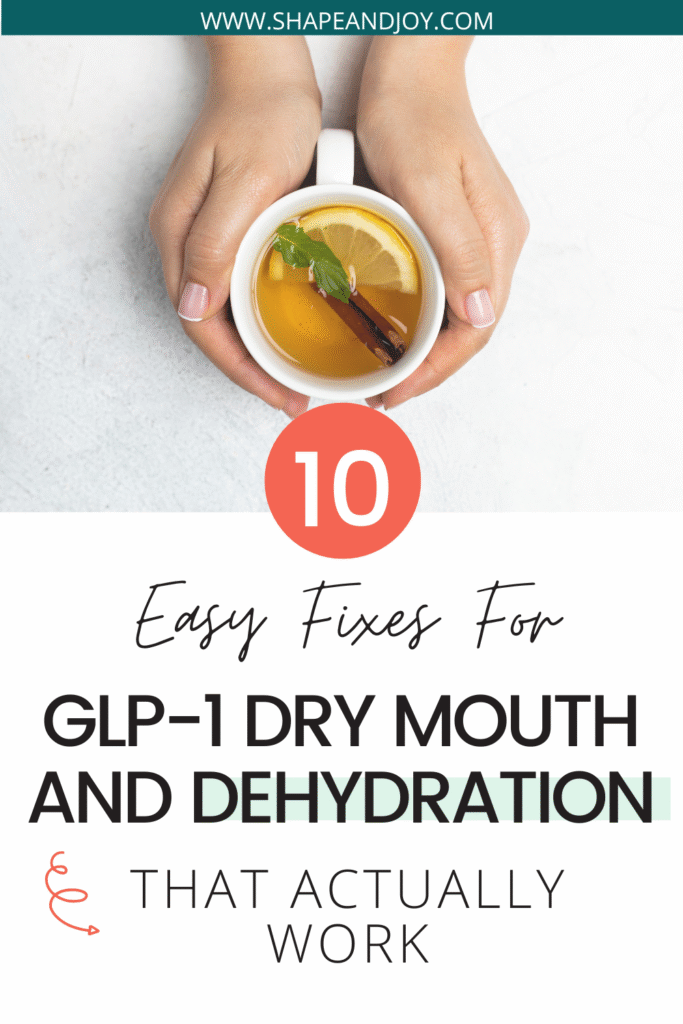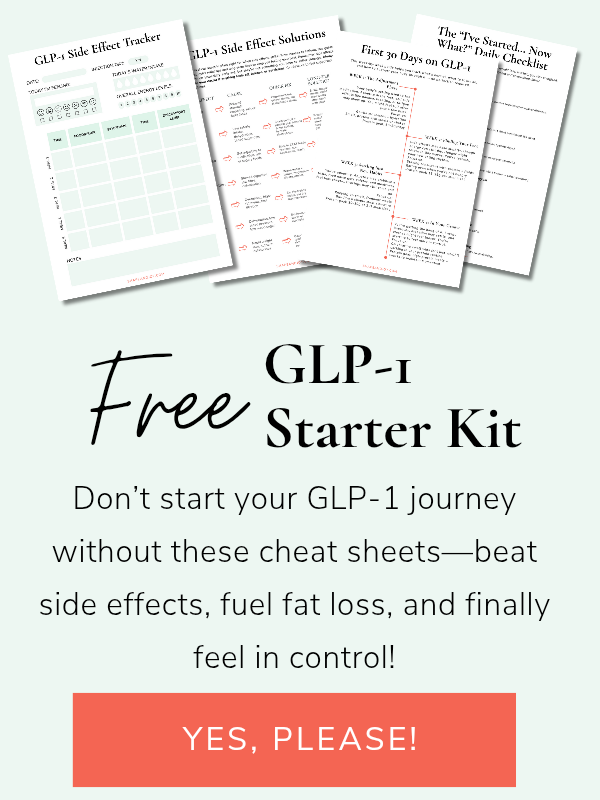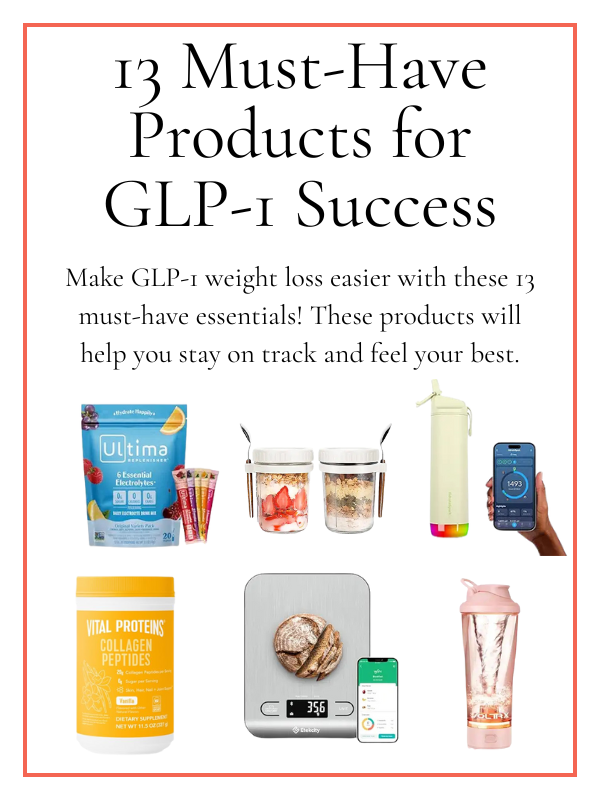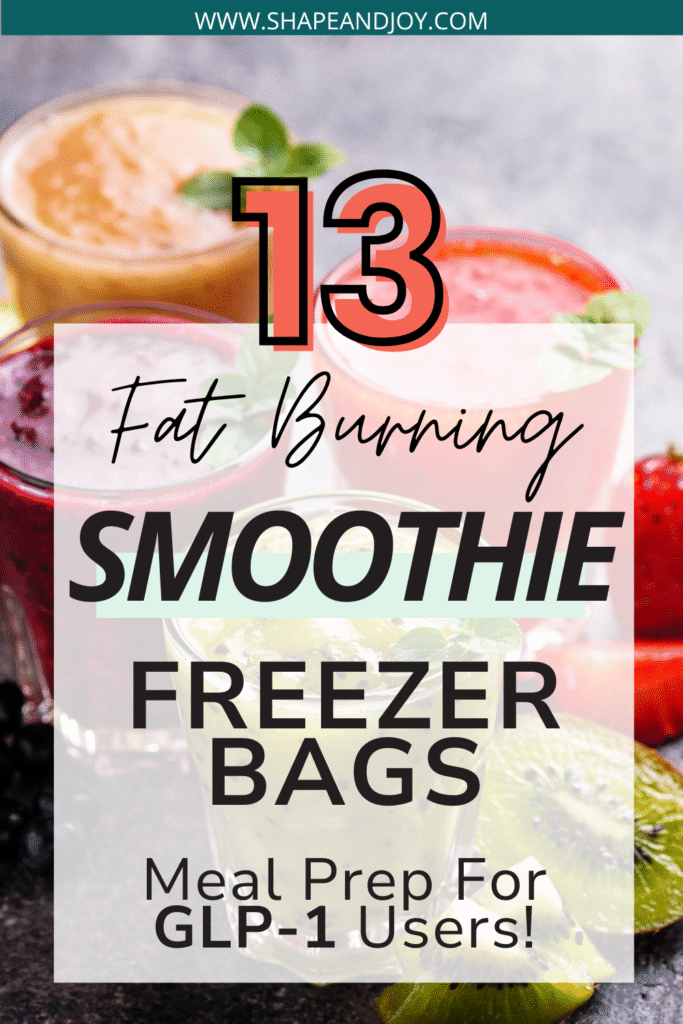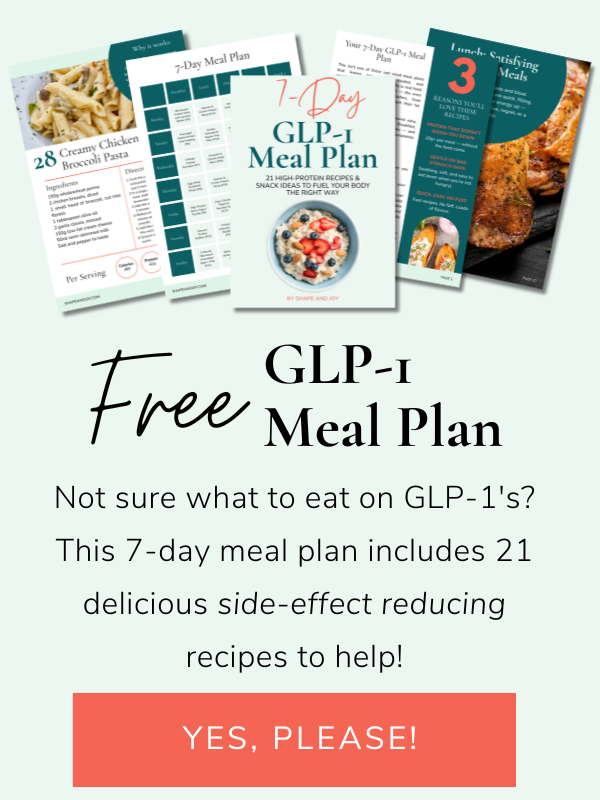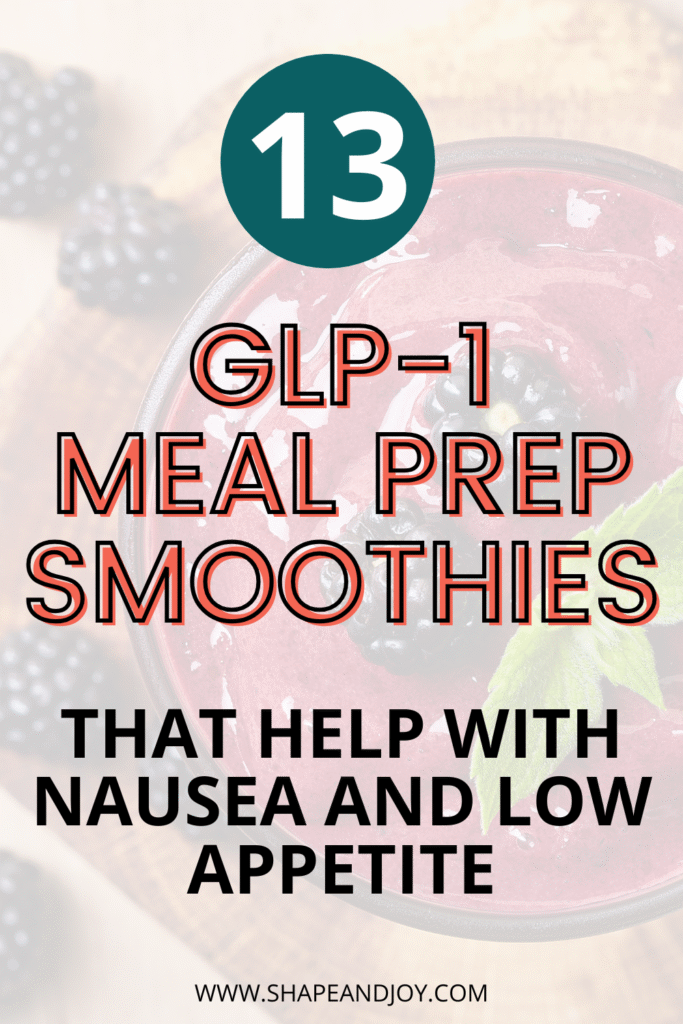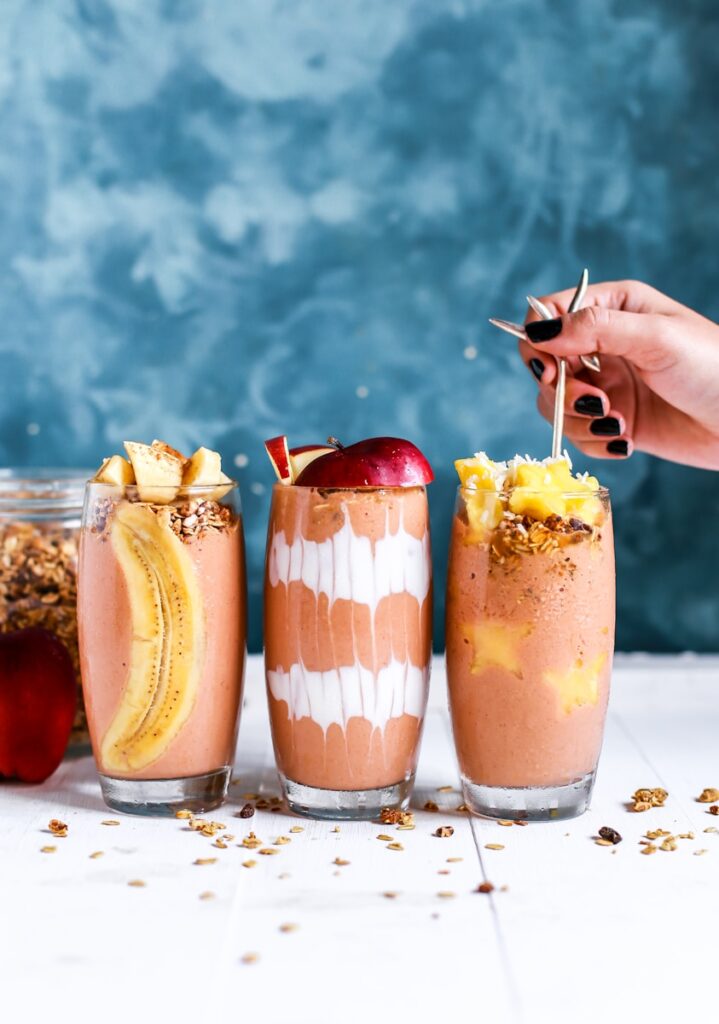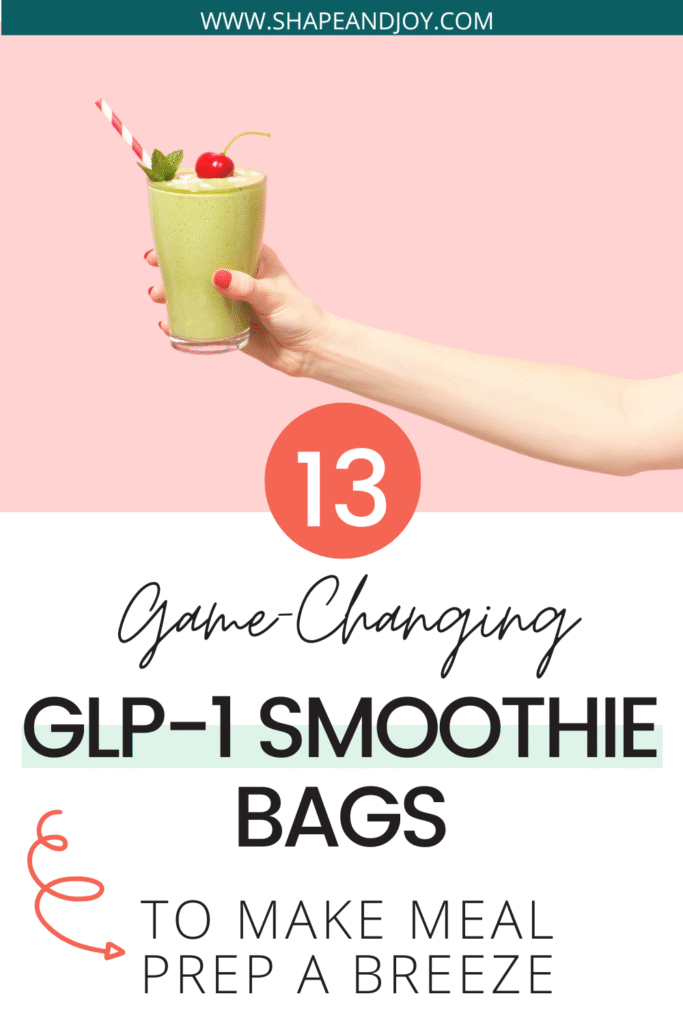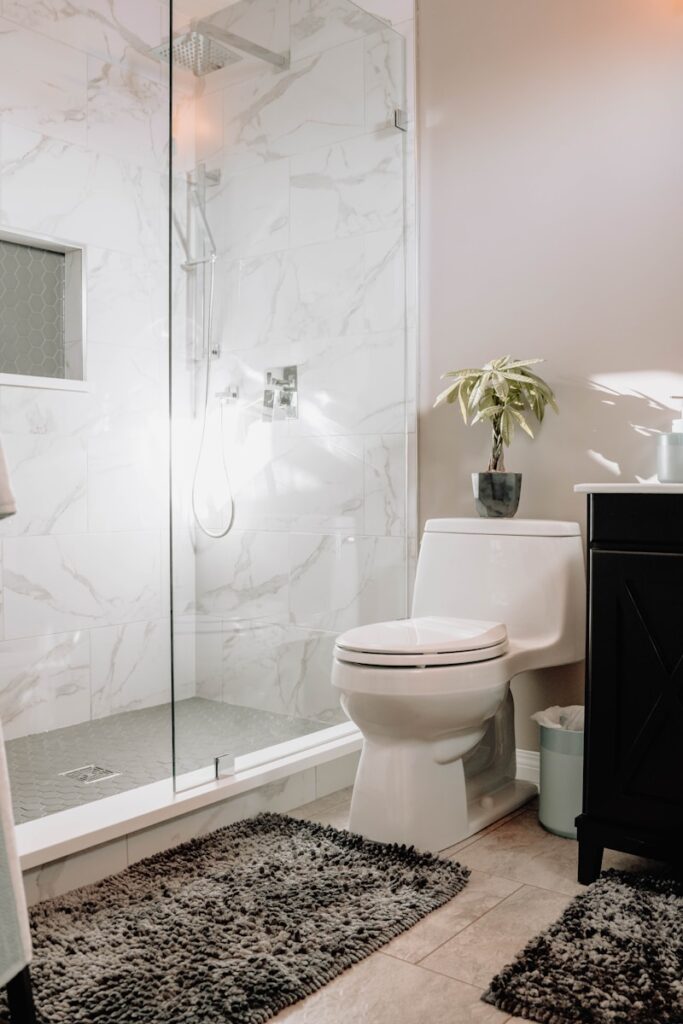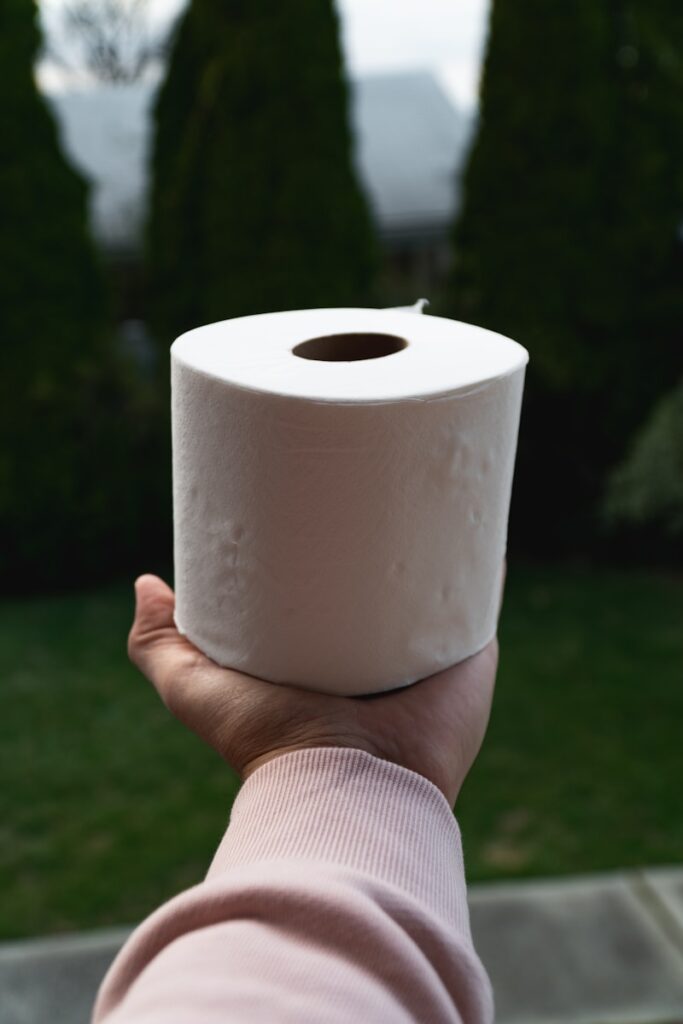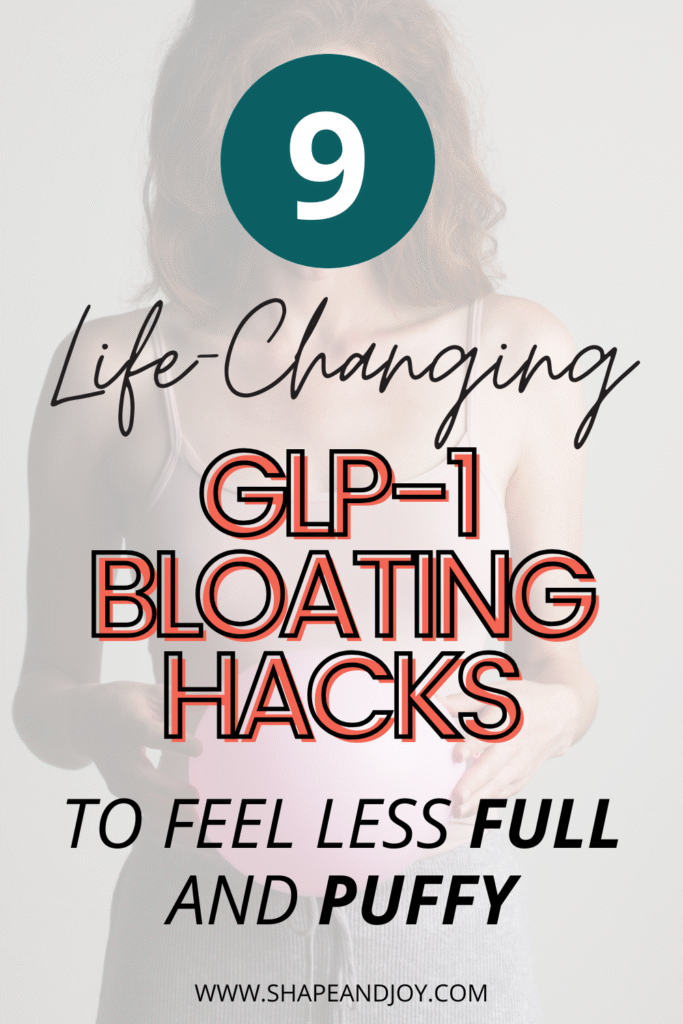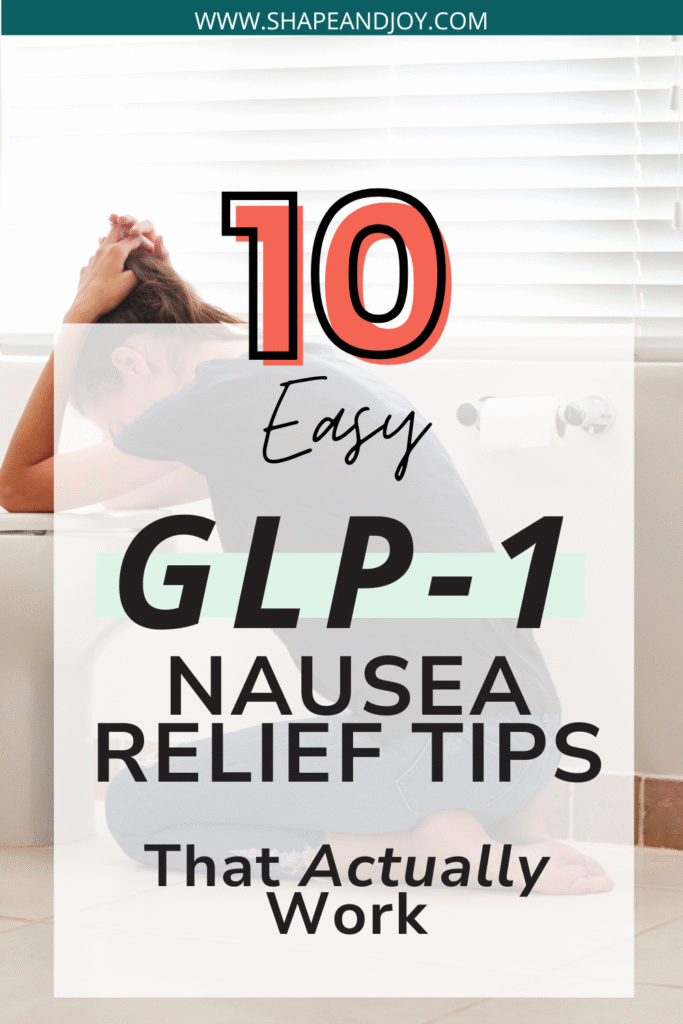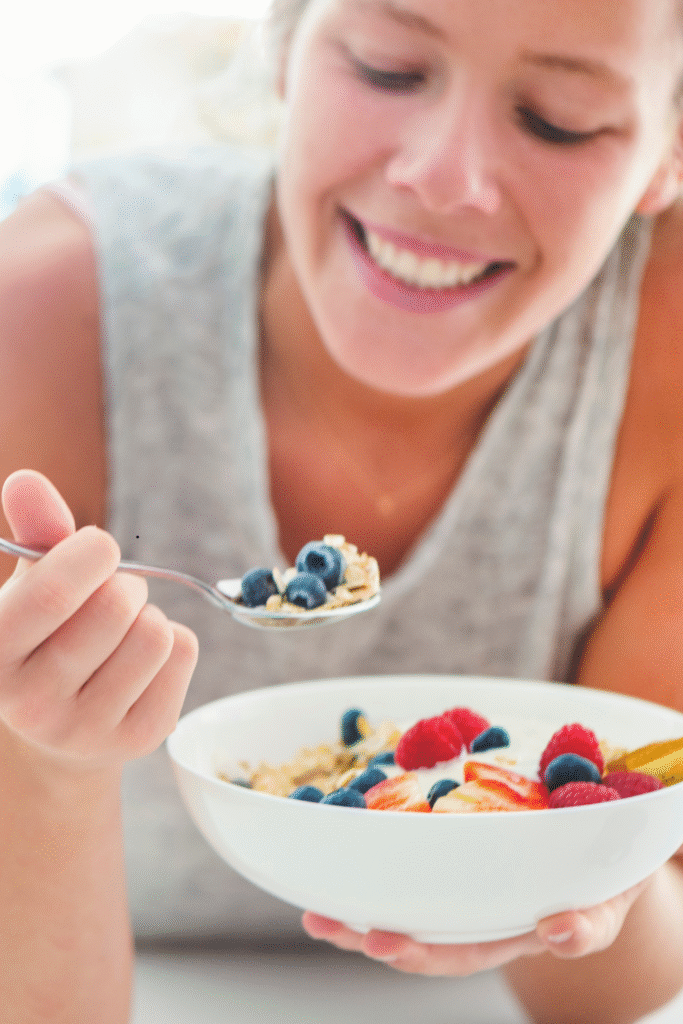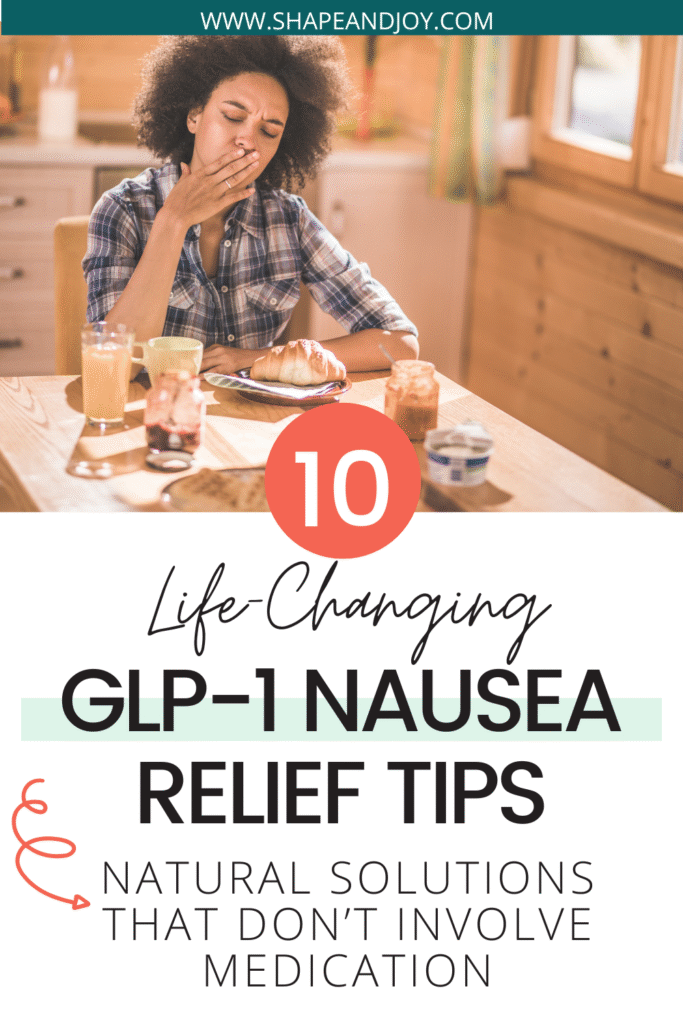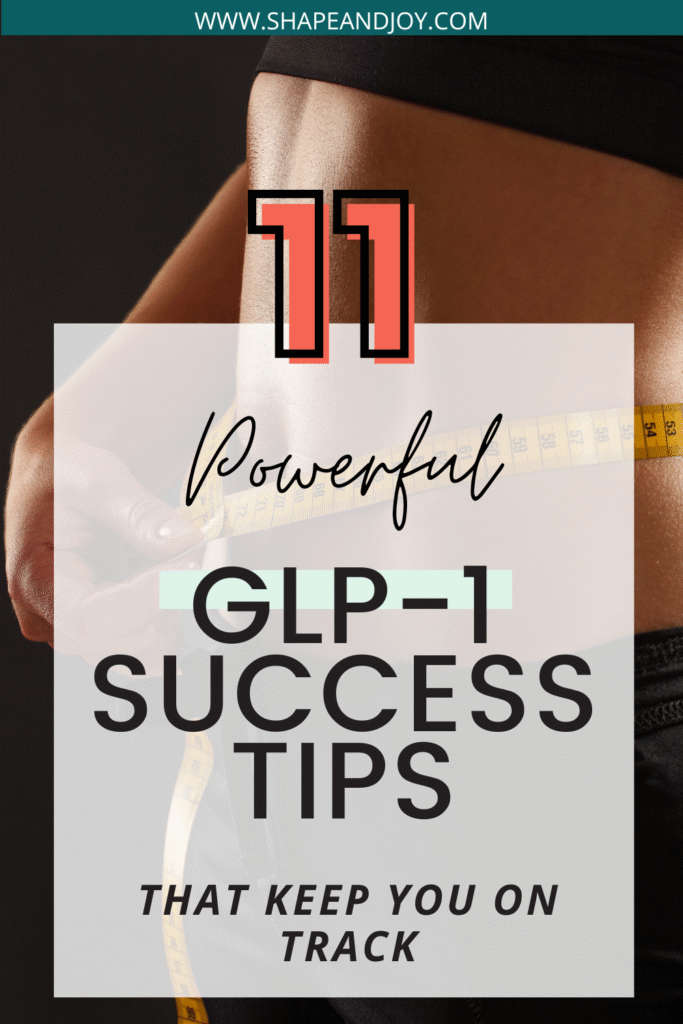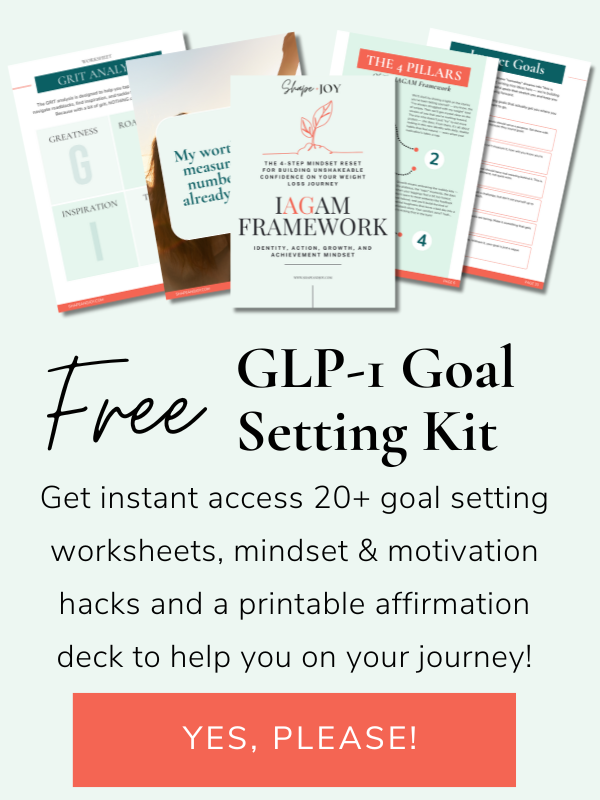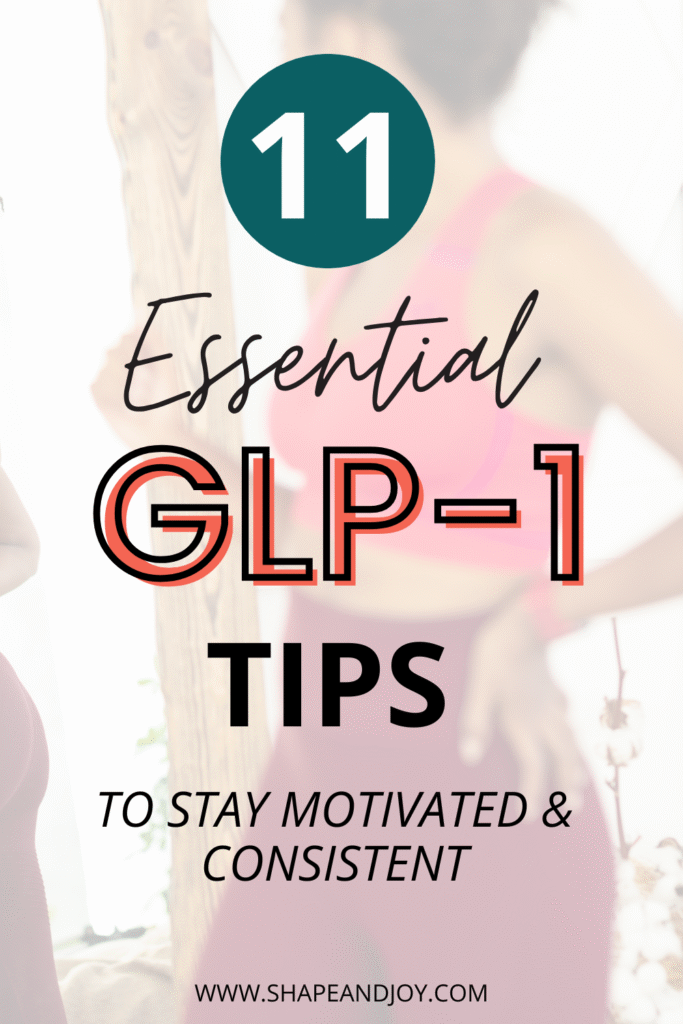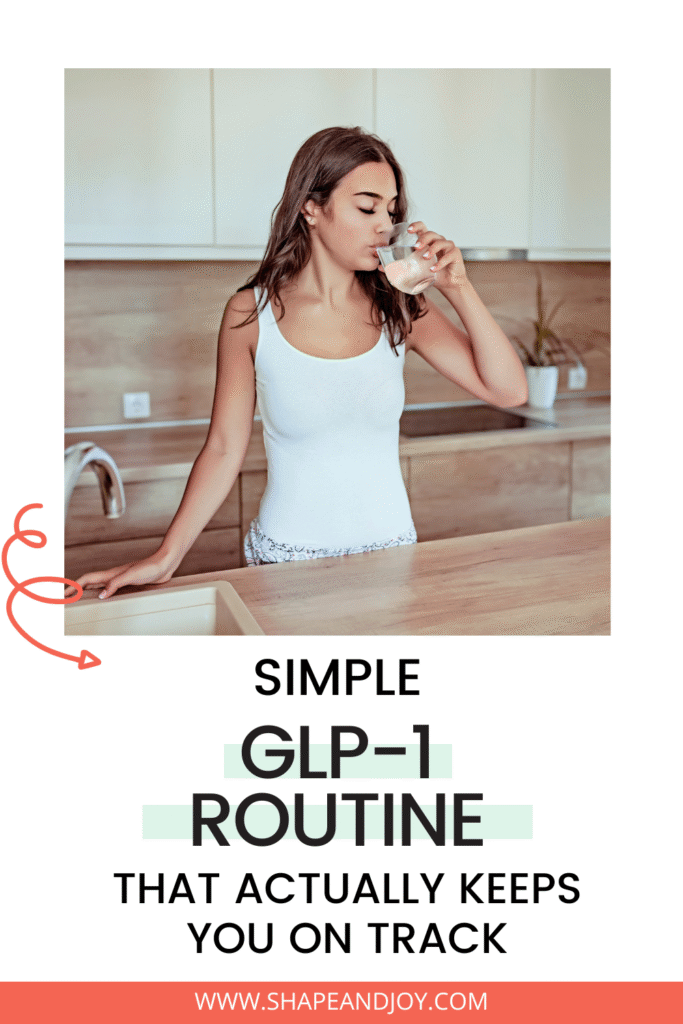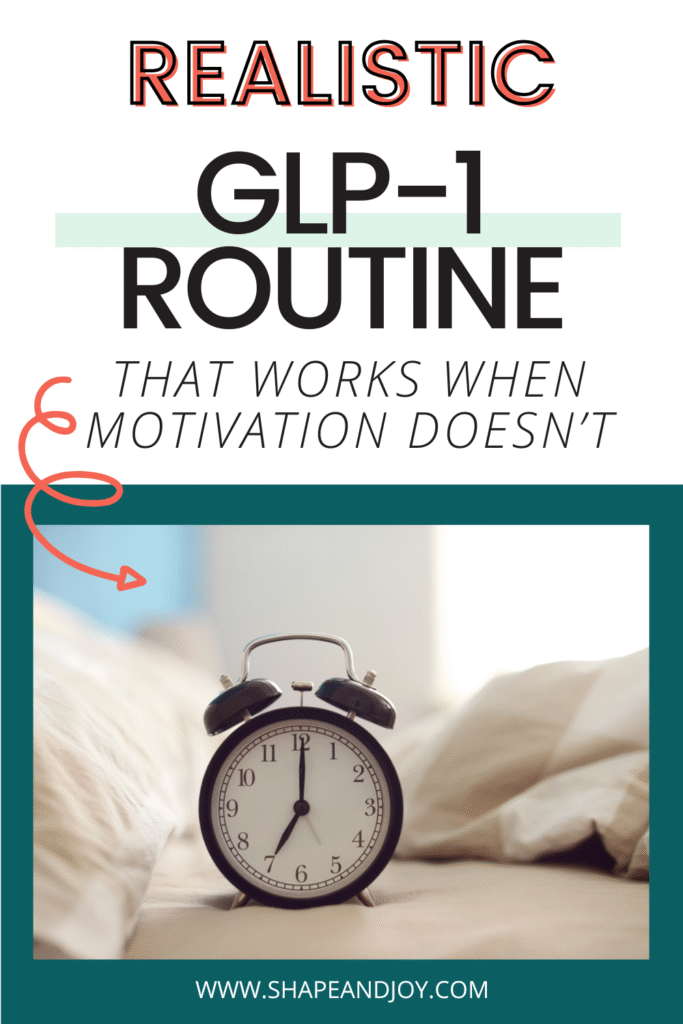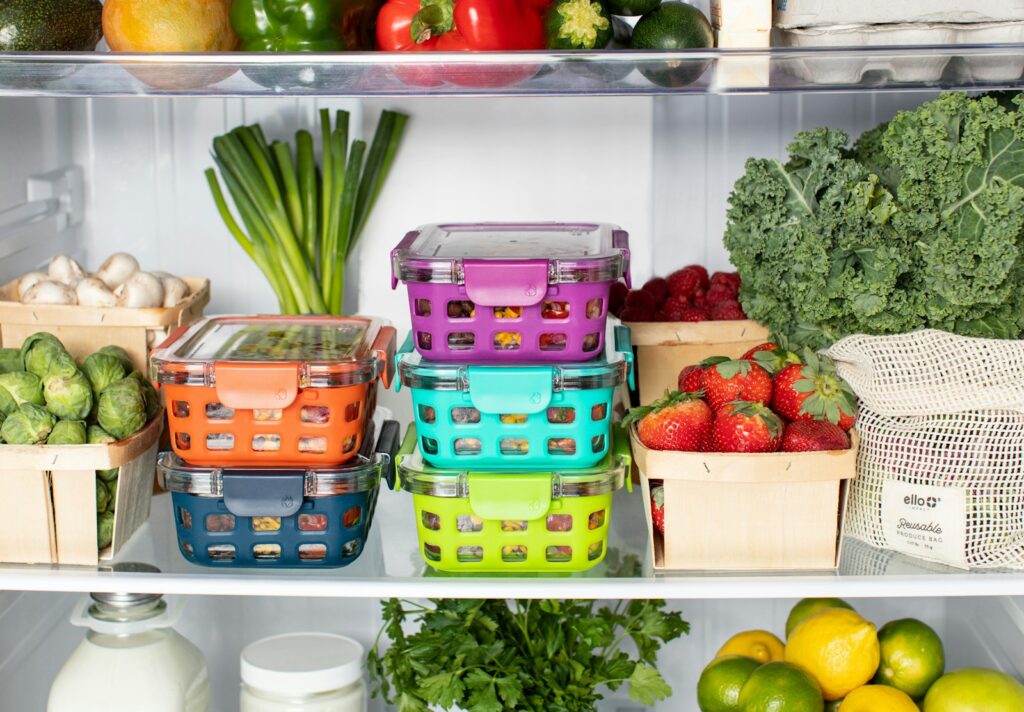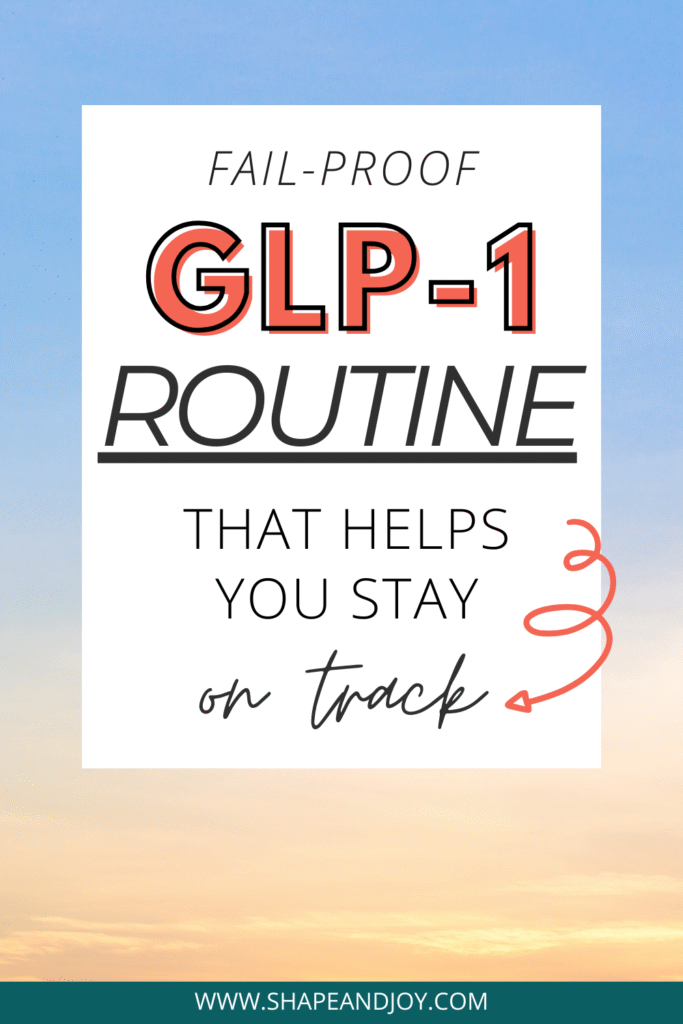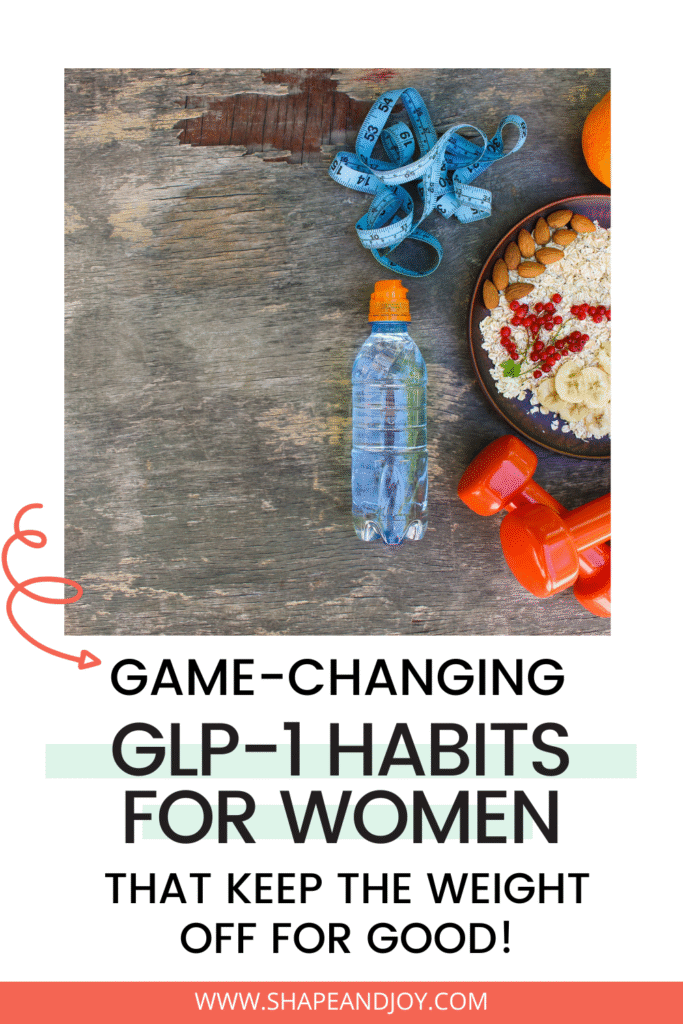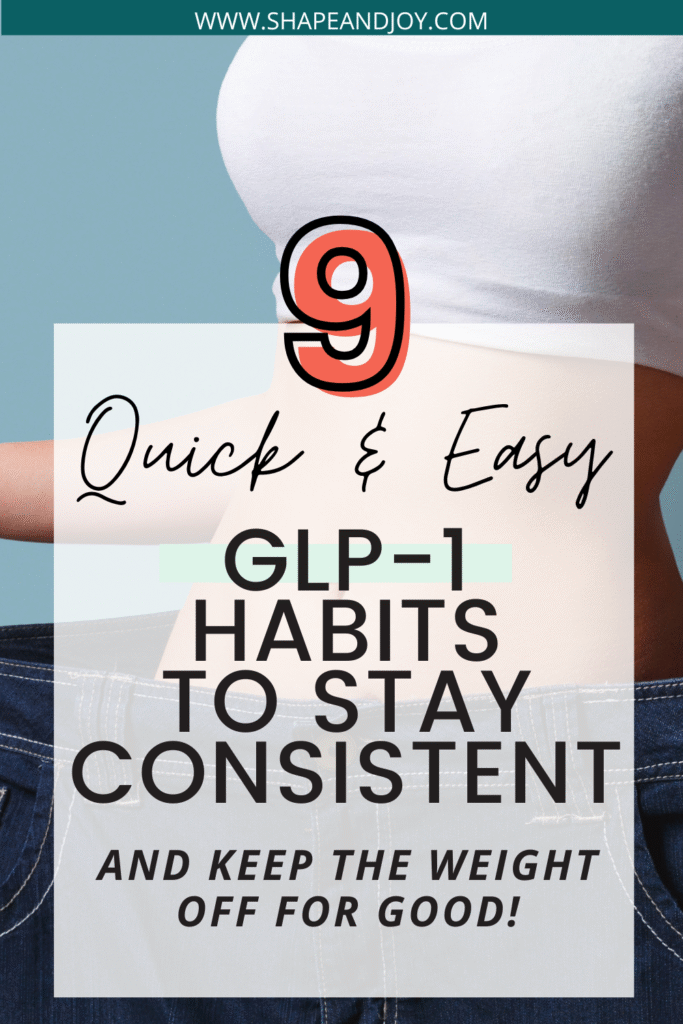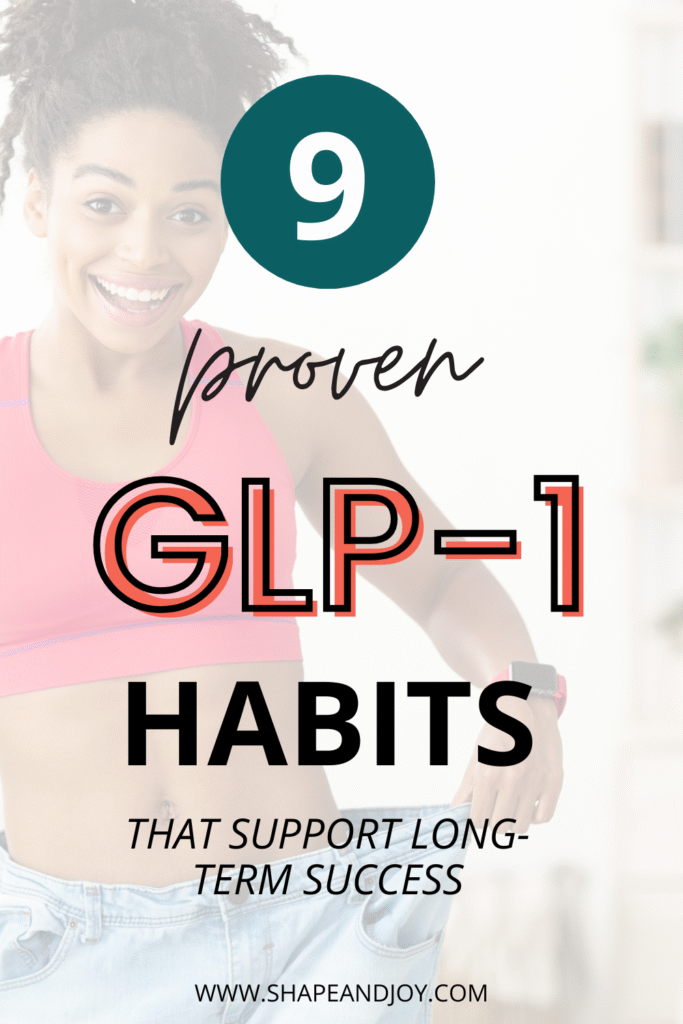10 Ways to Fix GLP-1 Dehydration (That Aren’t Just ‘Drink More Water’)
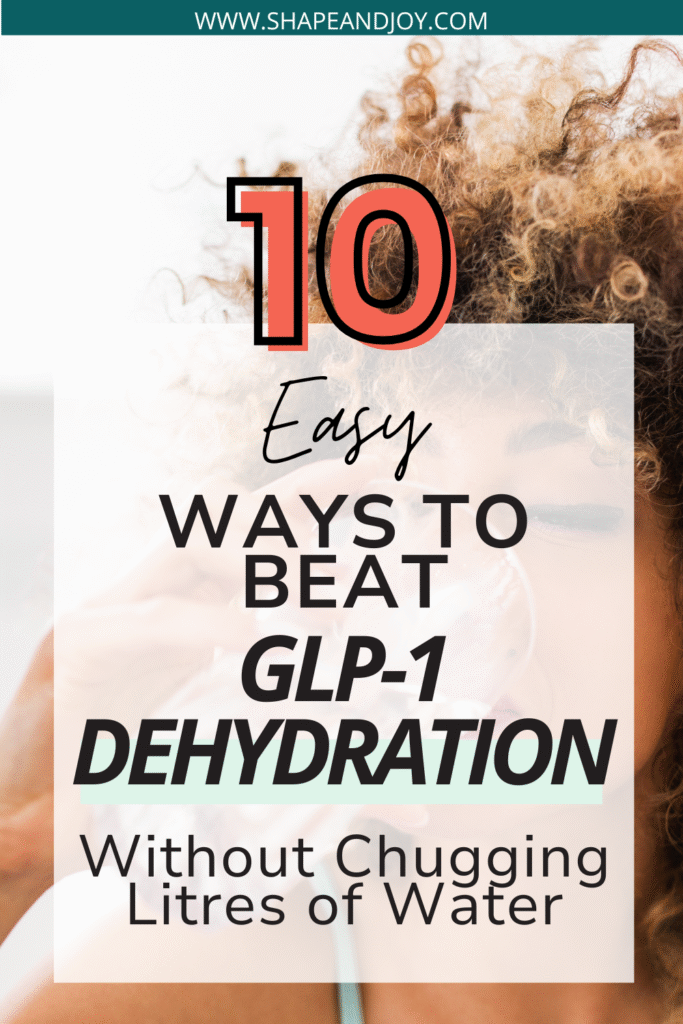
Let’s be honest: glp-1 dehydration is no joke. You signed up for fat loss, not to feel like a wilted houseplant by midday.
But if your mouth’s always drier than a gossip column and your energy’s nosediving by lunchtime, you’re not imagining it – GLP-1s like Wegovy, Mounjaro, and Ozempic can absolutely mess with your hydration levels.
When these meds suppress your appetite, they often take your thirst with it. And because you’re eating less food for digestion (which usually brings in fluids too), your body isn’t getting the hydration help it normally would.
Add in common side effects like nausea and you’ve got the perfect storm for running on empty.
But don’t worry – I’m not about to tell you to just chug more water and hope for the best. Below are 10 actually-doable fixes that work with your daily life (not against it), whether you’re working with compounded semaglutide, figuring out your semaglutide dosage chart, or just sick of your lips feeling like sandpaper.
Let’s beat the burn and feel fresh again – here’s how.
1. Start Your Day With Electrolytes (Not Just Coffee)
Coffee might feel like life itself, but it’s not doing you any favours if you’re already low on fluids. Start your morning with an electrolyte drink before anything else – even before your GLP-1 injection. It replenishes what water alone can’t and helps with that sluggish, headachey, slightly nauseous feeling.
Pro tip: Add it to your GLP-1 morning routine and treat it like medicine.
2. Keep a Cold Bottle at Arm’s Reach 24/7
We’re way more likely to sip if it’s cold, refreshing, and easy to grab. Don’t rely on remembering – make it unavoidable.
Fill a massive water bottle and keep it in sight: desk, car, handbag, gym bag, wherever.
Cheeky hack: Stick a bright straw in it. You’ll drink more without thinking.
3. Use a Straw – Seriously, It Helps You Drink More
There’s something about sipping through a straw that makes hydration mindless in the best way.
You’ll naturally take in more without effort, and it’s less likely to trigger that full, sloshy feeling GLP-1s sometimes cause.
Also perfect for iced herbal teas and hydration mocktails (yep, those exist).

4. Snack on High-Water Foods That You Can Actually Stomach
When what to eat on GLP-1 feels like a mystery, reach for hydrating, easy-to-digest options: watermelon, cucumber, strawberries, sugar-free jelly, Greek yogurt with berries.
They’re gentle on the gut and sneak fluids in without you needing to sip.
Volumetrics diet, anyone?
5. Try Sugar-Free Lozenges or Dry Mouth Sprays
If dry mouth is your biggest complaint, don’t suffer through it.
There are sprays, mints, and lozenges made specifically to stimulate saliva and refresh your mouth. Bonus: they also help with bad breath, which is another sneaky GLP-1 side effect.
Look for xylitol-based options or sprays you can keep in your bag.
📌 Pin this for later! ⬇
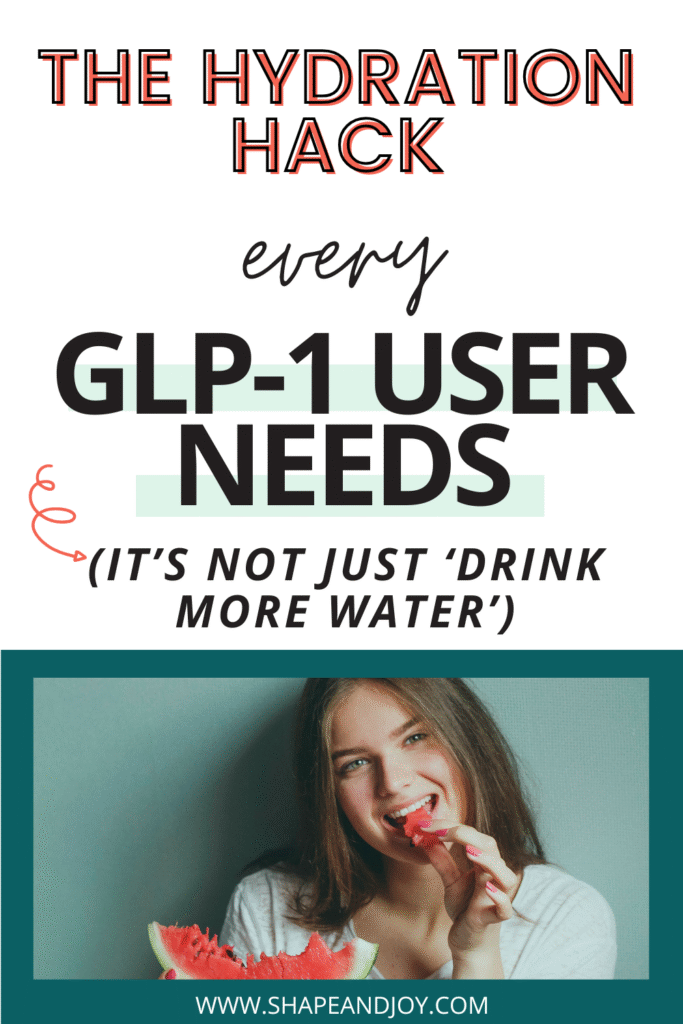
6. Go Easy on the Salty and Spicy Stuff
Salt pulls water out of your cells – yep, science – and spicy food, while delicious, can make dry mouth worse.
You don’t have to ditch flavour, but balance it out with hydrating meals and maybe save the spice for when you’re better hydrated.
This is also a great time to try my GLP-1 fakeaway recipes that are big on volume and light on salt.

7. Track Your Water – You’re Probably Drinking Less Than You Think
You think you’re drinking enough… until you actually track it. Use an app, a habit tracker, or go old-school with tallies on your notes app.
Most women on GLP-1s need more than the usual 2 litres, especially if you’re experiencing Wegovy side effects or Mounjaro nausea.
8. Sip Herbal Tea for Bonus Hydration Without Bloating
Hot drinks count too! Peppermint, ginger, chamomile – they’re not only hydrating but also great remedies for nausea and support your digestion.
Herbal teas are a total game-changer when water feels boring and your stomach’s playing hard to please.
9. Hydrate Before and After Every Meal (Small Sips Only)
This one’s a double win: it helps you pace your hydration and can ease semaglutide and nausea before it kicks in.
Just don’t chug – small sips keep things steady without overwhelming your stomach.
Also, drink a bit before and after workouts, even light ones.
10. Make Hydration Part of Your Daily Routine – Not an Afterthought
Treat hydration like your GLP-1 dose – it happens no matter what. Stack it onto habits: a sip every time you check your phone, water before coffee, tea after dinner.
Make it automatic and you’ll avoid that creeping glp-1 dehydration that can zap your energy and make you feel rubbish.
You Might Also Like
- GLP-1 Nausea Relief: Easy Tips to Calm Your Stomach
- GLP-1 Fatigue Fix: Get Your Energy Back
- GLP-1 Dizziness and Lightheadedness: Why It Happens and What to Do
- GLP-1 Constipation Relief: How to Stay Regular Without Feeling Miserable
Your GLP-1 Game Plan Starts Here
Feeling a bit lost on your GLP-1 journey? Whether you’re just starting out or deep into your dose increases, the GLP-1 Success Blueprint is your practical, no-fluff guide to navigating weight loss meds like Mounjaro, Zepbound, or Wegovy with confidence.
This isn’t another generic ebook. It’s a full toolkit designed to help you feel strong, informed, and in control, without the overwhelm.
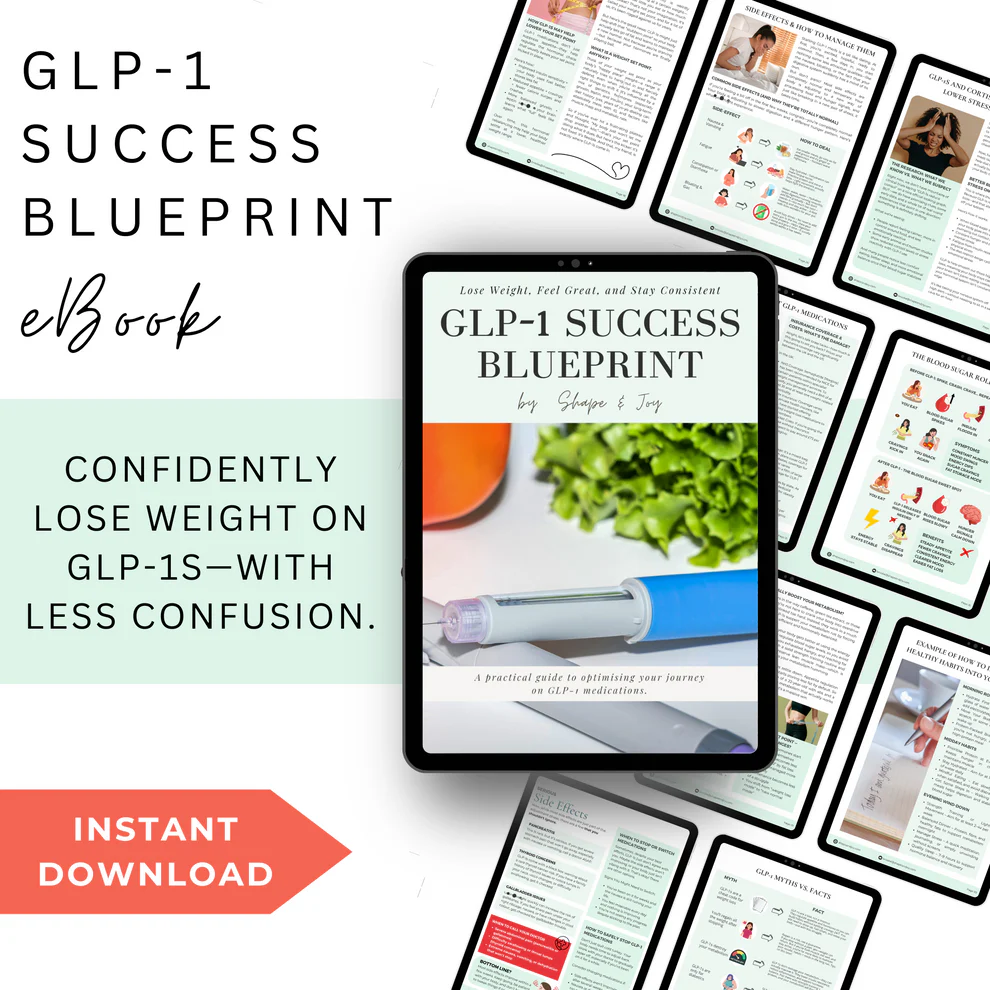
Inside, you’ll get:
- GLP-1 Meds 101: Understand how they work, what to expect, and how each med compares (minus the jargon)
- Nutrition Guidance: Learn how to eat for fat loss and muscle retention, even when your appetite is low
- Workout Support: Discover the best ways to move your body without burning out
- 6-Week Action Plan: Simple daily steps and healthy habit examples to follow at your pace
- Mindset & Motivation Tips: Stay consistent even when your drive dips
- Red Flag Checklist: Know what’s normal, what’s not, and when to seek support
- Bonus: Myths & FAQs – Bust the most common GLP-1 myths and get real answers
Digital download only – use it on your phone, tablet, or print it out to keep by your side.
Ready to ditch the guesswork and actually feel good on your meds?
Conclusion
GLP-1 dehydration might be common, but that doesn’t mean it has to derail your progress or ruin your day. With a few smart swaps and daily habits, you’ll feel refreshed, energised, and back in control – without chugging water like it’s your job.
Next Steps
“You don’t have to feel rubbish to lose weight. Feeling good is part of the plan.”
- Grab your free GLP-1 Starter Kit for hydration hacks, symptom trackers, and easy-to-eat meal ideas that keep you going strong.
- Read This Next: GLP-1 Nausea Relief: Easy Tips to Calm Your Stomach
- Want more feel-good solutions? Check out the Side Effects & Symptom Support cluster for real relief that works.
📌 Pin this for later! ⬇
